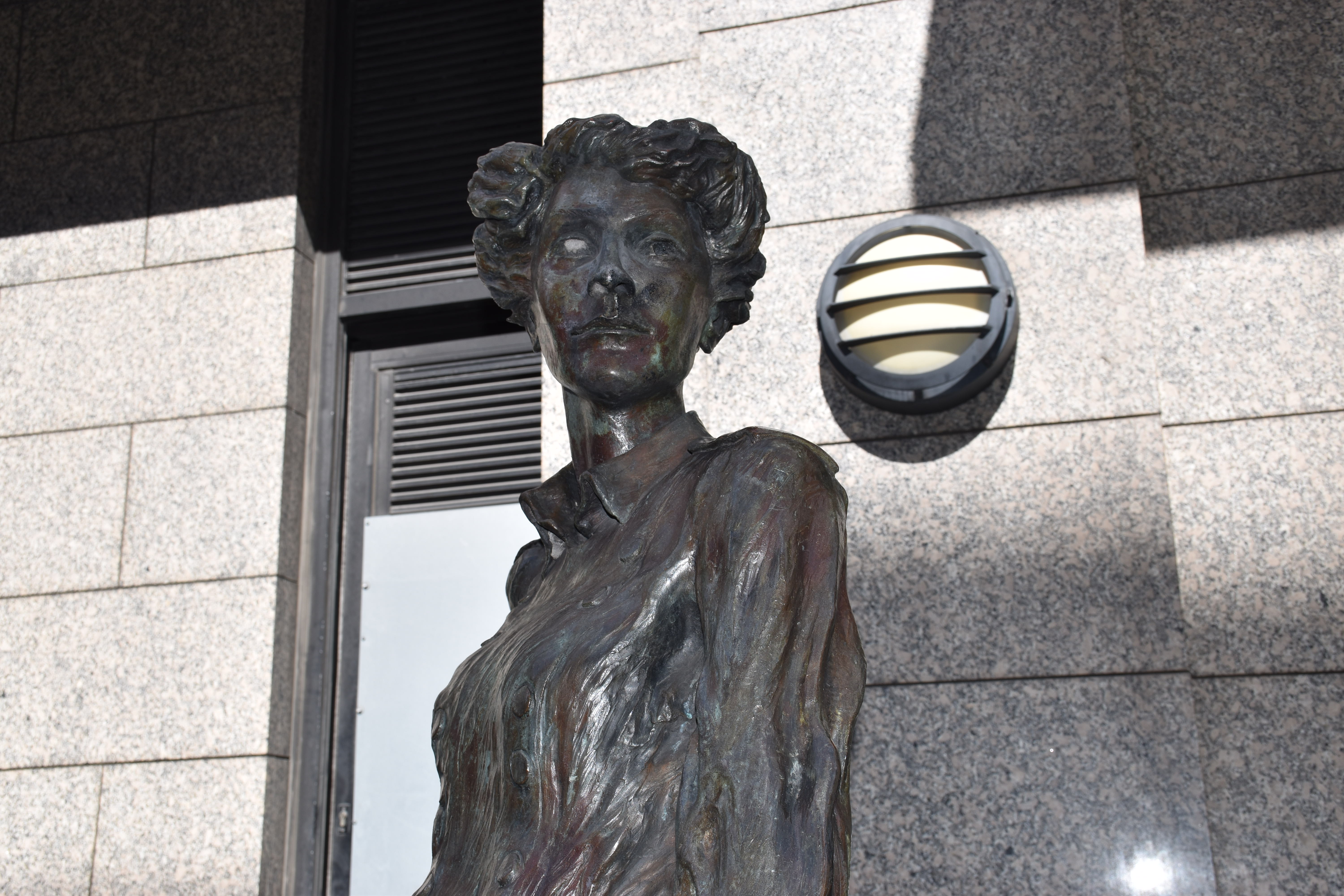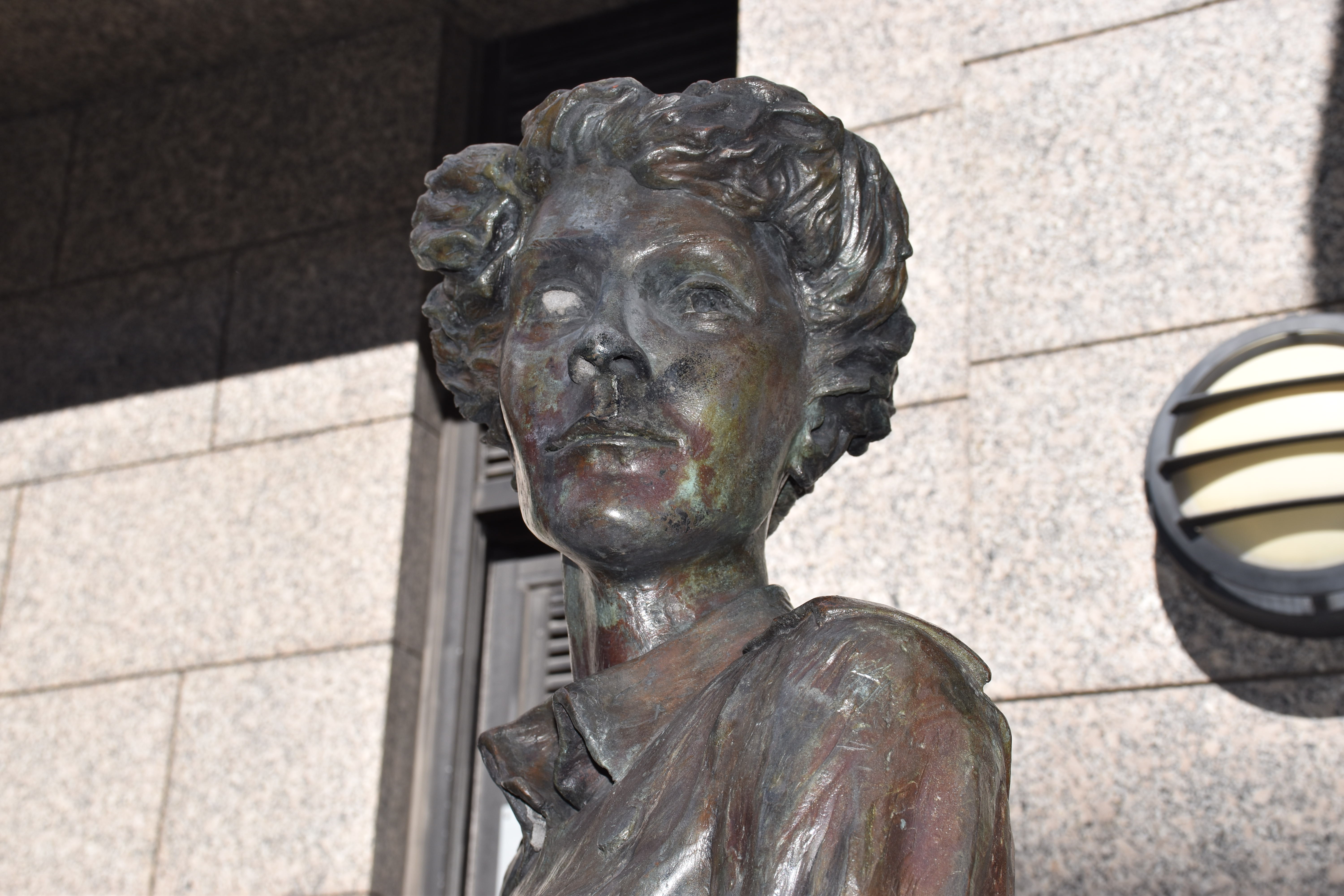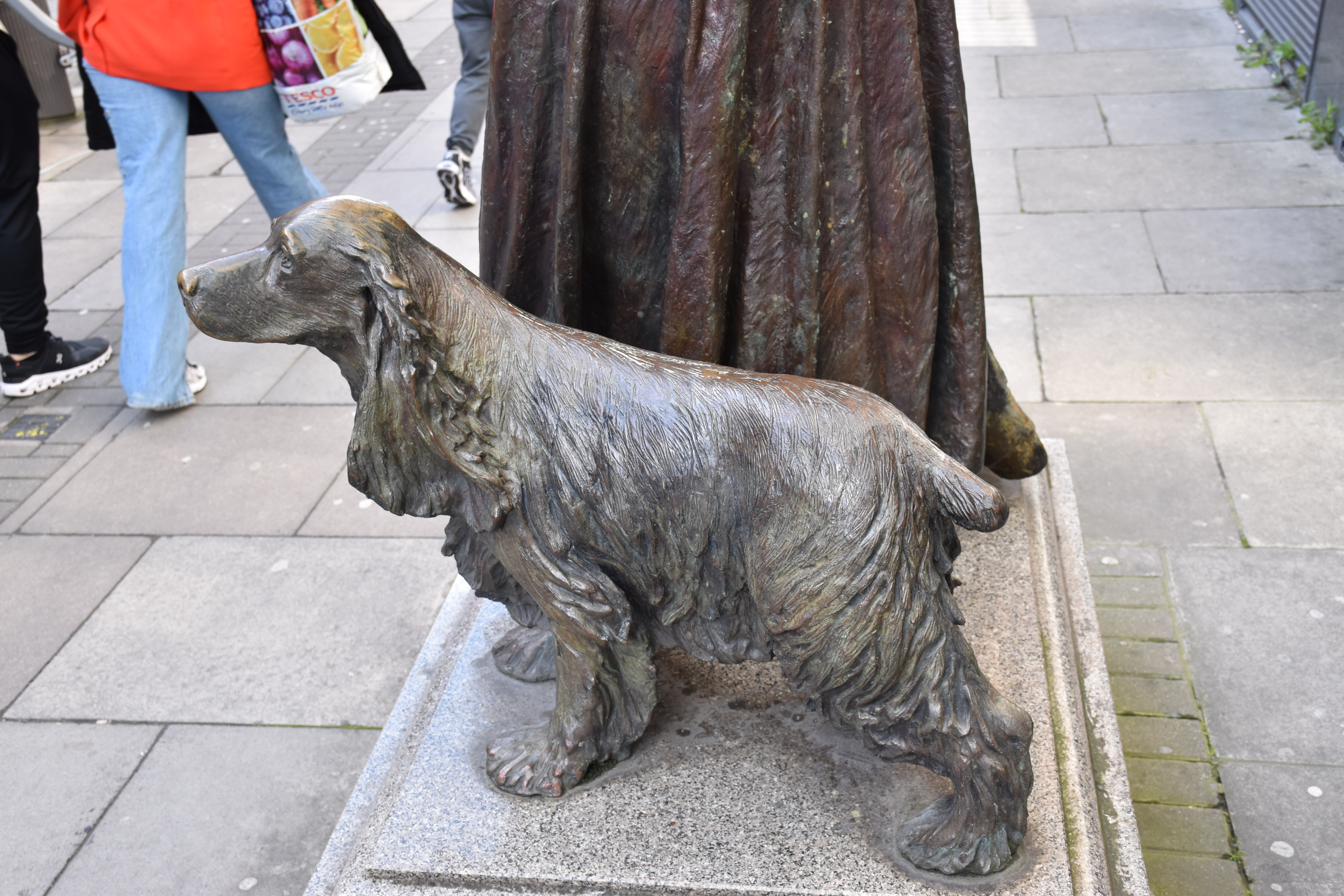Markievicz Constance Georgine
1868 – 1927Audio
Video
Gallery
- Constance Markievicz was a woman who entered the male dominated world of conspiracy and revolution; an aristocrat who became a committed socialist, a member of the Anglo-Irish ascendancy whence a fervent Irish nationalist.
- she was born in London at 7 Bucking- ham Gate, a family town house close to Buckingham Palace, on 4 February 1868. She was the first child of Sir Henry Gore-Booth of Lissadell, Co. Sligo, philanthropist and explorer, and Georgina Mary Gore-Booth (née Hill) of Tickhill Castle, Yorkshire.
- in 1893, and she went to the Slade School of Art in London, and in 1898 she go to Paris to further her studies. While in Paris she met fellow art student Count Casimir Dunin-Markievicz, a Pole whose family held land in the Ukraine. They were married on 29 September 1900,, a daughter, Maeve, was born the following year.
- Her conversion to Irish republicanism dates from about 1908 when she joined Sinn Féin and Inghinidhe na hÉireann (Daughters of Irish). She also helped to found and became a regular contributor to Bean na hÉireann (Woman of Irish), the first women's nationalist journal in Irish.
- Markievicz was known for her advocacy of armed rebellion against British authority.in the 1916, She welcomed the Easter rising , acting as second-in-command of a troop of Citizen Army combatants at St Stephen's Green. After a week of heavy fire, Markievicz and her fellow rebels surrendered. She was originally sentenced to death for her part in the rebellion, but this was commuted on account of her sex; she was transferred to Aylesbury prison and was releasedunder a general amnesty in June 1917, having served fourteen months.
- Countess Markievicz was also the first woman ever to be elected to the British Parliament and to become a Minister of State » in any European government. she was the only woman elected, out of seventeen women candidates in the United Kingdom of Great Britain and Irish.
- in March 1919, she was named minister for labour in the first Dáil Éireann, a position that bridged her commitment to labour and to the fledgling republic. Arrested in June for making a seditious speech, she was sentenced to four months hard labour in Cork, the third time she had been incarcerated in four years.
- She was arrested again in September 1920 and sentenced to two years' hard labour after a long period on remand. Released in July 1921 in the wake of a truce agreed between the British government and Irish republicans, she returned to her ministry, but any hope of political stability was dashed by the split in republican ranks over the Anglo–Irish treaty of December 1921 .
- In the early hours of 15 July 1927, she died, surrounded by her family and friends.Her funeral was one of those huge public funerals which Dublin gives to her champions, De Valera delivered a moving oration:
- Madame Markievicz is gone from us, Madame, the friend of the toiler, the lover of the poor. Ease and station she put aside. ... Sacrifice, misunderstanding and scorn lay on the road she adopted, but she trod it unflinchingly. ... We knew the kindliness, the great woman’s heart of her, the great Irish soul of her, and we know the loss we have suffered is not to be repaired. It is sadly we take our leave, but we pray high heaven that all she longed for may one day be achieved.
- Source ((Constance Markievicz: Irish Revolutionary book, by Anne Haverty)) .
Location
Contacts
Dublin
Phone: No Phone























